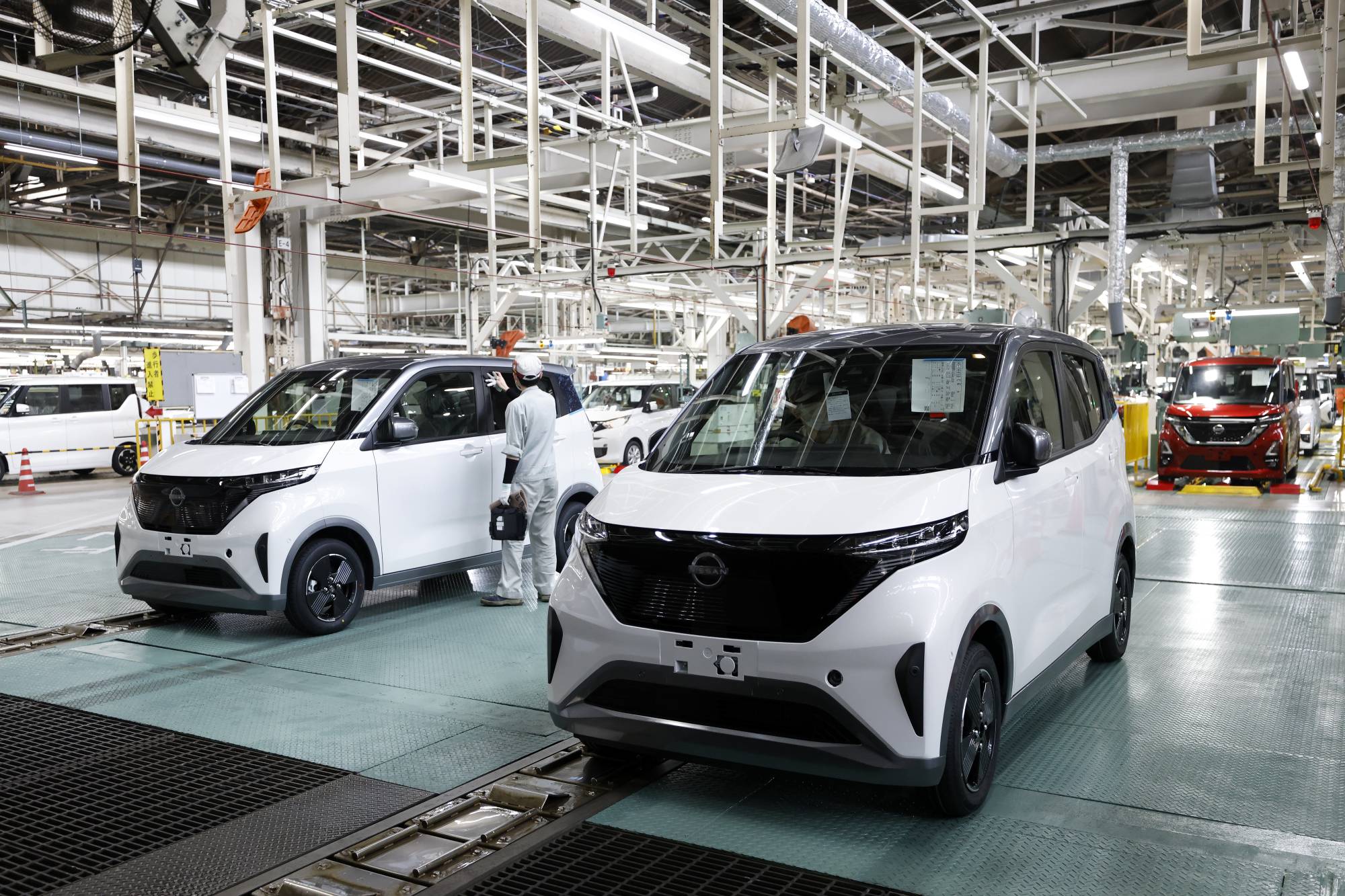On Japan’s slow road to embracing electric vehicles, one type of car promises to help accelerate the change above all others: the humble minicar.
A common sight on the nation’s streets — they accounted for roughly 40% of new vehicle sales last year — producing a truly successful electrified version would likely be a big contribution to promoting the adoption of EVs. Now Nissan and Mitsubishi Motors have launched their electrified takes on the tiny cars.
The Sakura minicar model by Nissan and the eK x EV model by Mitsubishi — both unveiled Friday — were developed by NMKV, a joint venture funded by the two companies, and will debut this summer. The prices start at around ¥2.3 million to ¥2.4 million, but by using government subsidies for environmentally friendly cars, they can be purchased for around ¥1.8 million, the firms said.


















With your current subscription plan you can comment on stories. However, before writing your first comment, please create a display name in the Profile section of your subscriber account page.